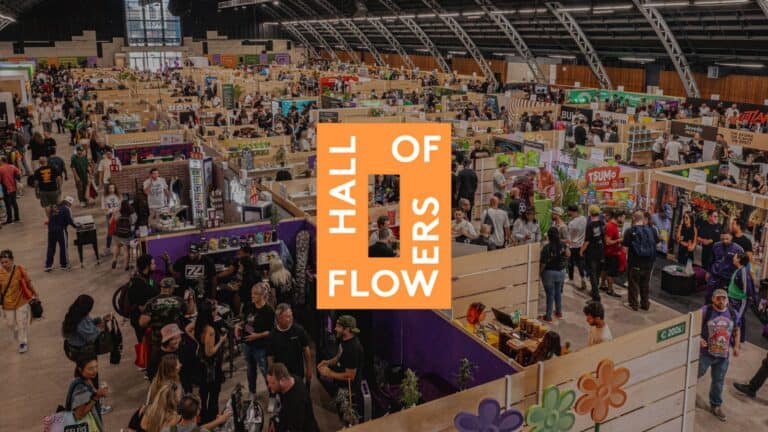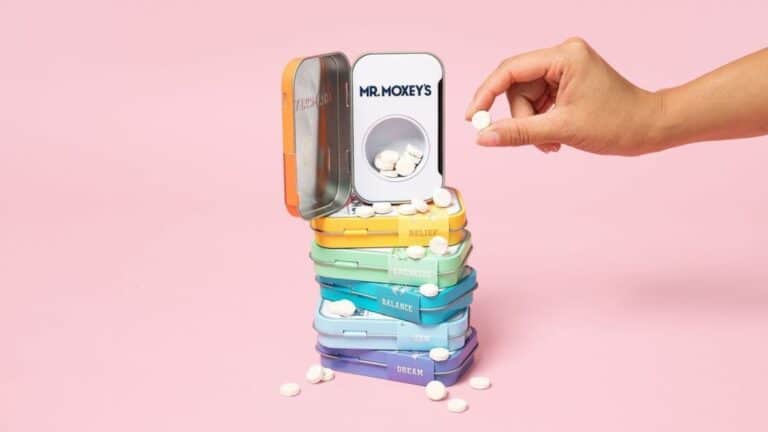Ketamine is a versatile compound that acts as an anesthetic, analgesic, and potent, fast-acting antidepressant in medical settings. When used recreationally, it produces powerful psychedelic and dissociative effects. Similar to the manufacturing of LSD, the synthesis of ketamine is not an easy task and the starting materials are difficult to obtain. For these reasons, clandestine labs do not commonly synthesize illicit ketamine. Instead, a proportion of commercially-made ketamine is diverted into the illicit market and smuggled over borders. India and China are two major hubs for the manufacturing of ketamine. Both of these countries produce their hydrochloride salt by the ton for use in hospitals, veterinary medicine, and dentistry. This article will explain how ketamine is made and the history behind ketamine’s synthesis; its chemical structure; and the way a lab originally made the molecule.
Where was Ketamine First Manufactured?
The Detroit-based pharmaceutical company Parke-Davis & Co. first synthesized ketamine in 1962. Dr. Calvin Lee Stevens, a professor of organic chemistry and chemical consultant to Parke-Davis & Co., carried out this synthesis. He was searching for a safer alternative anesthetic to phencyclidine (PCP). Parke-Davis & Co. made and approved PCP for use as an anesthetic in the 1950s. Shortly after its approval, however, a series of clinical trials demonstrated the downfalls of PCP as an anesthetic. Specifically, PCP lasted too long and produced adverse effects, such as prolonged delirium.
Initially named CI-581, ketamine was one of several PCP derivatives that Stevens synthesized. After animal studies showed its promising anesthetic properties, it was tested on paid prisoners in 1964. This study at Jackson Prison in Michigan unveiled its psychic effects, which led to naming it as a dissociative anesthetic. By 1970, the FDA had approved it under the brand name Ketalar, and it began to see use in the Vietnam War as a field anesthetic. Later in the 1970s, it began receiving non-medical use. This was especially the case following the publication of several psychonaut books describing the ketamine experience. Then, it gained traction as a club drug in the 1980s, particularly in the rave culture as a cheaper alternative to MDMA. Its recreational use eventually led to its classification as a Schedule III controlled substance in 1999.
The Ketamine Molecule and Chemical Structure
Ketamine belongs to a class of chemicals known as the arylcyclohexylamines. Among other mechanisms of action, these compounds antagonize the glutamatergic NDMA receptor. This action primarily accounts for ketamine’s dissociative, anesthetic, and hallucinogenic effects.
As the name suggests, the chemical structure contains both a ketone and an amine. Specifically, the molecule consists of a cyclohexanone bound to both an aminomethyl chain and a phenyl ring. The phenyl ring is additionally substituted with chlorine at carbon 2. Thus, its molecular formula is C13H16ClNO.
Forms and Isomers
In ketamine treatment as a medicinal psychedelic therapy, ketamine is found as the hydrochloride salt in aqueous solution for intravenous or intranasal use. On the streets, it’s commonly a white crystalline powder that is used intranasally or orally.
The ketamine molecule is chiral and therefore exists in two enantiomeric (mirror image) forms, R(-) and S(+). The S isomer, known as esketamine, is at least twice as potent as the R isomer, arketamine. Esketamine became FDA-approved in 2019 as a nasal spray for treatment-resistant depression under the brand name Spravato. Recreational ketamine is found as the racemic mixture, that is, an equal mixture of both isomers.
How Ketamine is Made: Key Procedures Explained
This synthesis route follows the processes outlined in the original 1966 patent by Dr. Calvin Stevens and Parke-Davis. Compared to refined synthesis routes today, this synthetic procedure generally produces poor yields (~60%) and has long reaction times. Pharmaceutical ketamine is made with improved, scaled-up processes that aren’t available publicly.
Form the Grignard Reagent
The synthesis of ketamine starts with the preparation of the Grignard reagent cyclopentyl magnesium bromide. Add fine magnesium turnings along with iodine crystals to a flask of THF. While stirring, add cyclopentyl bromide by drops to form the cyclopentyl Grignard reagent.
React the Grignard Reagent with 2-chlorobenzonitrile
Add the substituted aromatic nitrile 2-chlorobenzonitrile to the reaction mixture dropwise. Stir this mixture for three days to produce the substituted imine. Hydrolyze the imine in a mixture of ice, ammonium chloride, and ammonium hydroxide. This forms the ketone 1-(2-chlorobenzoyl)cyclopentane. Extract the ketone with an organic solvent such as benzene.
Brominate the Ketone
Dissolve the ketone formed in the previous step in carbon tetrachloride. Add molecular bromine to the reaction mixture. This forms an unstable, orange suspension. Wash this product with sodium bisulfite and evaporate to give the bromoketone 1-bromocyclopentyl-(o-chlorophenyl)-ketone.
React the Bromoketone with Methylamine
Dissolve the bromoketone in liquid methylamine freebase. Allow this mixture to react for at least an hour. Filter and evaporate the solvent under vacuum to obtain the imine, 1-hydroxy-cyclopentyl-(o-chlorophenyl)-ketone N-methylimine.
Form Ketamine Under a Thermal Rearrangement Reaction
The last step involves a thermal rearrangement that reduces the imine to ketamine. Dissolve the evaporated imine in a high boiling point solvent such as dichlorobenzene or decalin. Then, boil the reaction mixture for 2.5–3 hours at 180°C.
Through a ring expansion, the structure of the imine rearranges to 2-methylamino-2-(o-chlorophenyl)-cyclohexanone. This compound is ketamine. After evaporating the solvent, react the crude ketamine product with hydrochloric acid. Basify the acidic extract and purify via recrystallization. Recrystallize with pentane-ether to obtain ketamine hydrochloride.
Disclaimer: The substance Ketamine is potentially illegal, and Neonjoint does not condone its manufacture or use in any context where it would be against the law. Providing this information is an important step toward educating the public about a substance that many people may come into contact with. The information in this guide should not be used as a replacement for seeking professional medical advice.


![[NJ] The Easiest Ways to Buy Weed in Buffalo A Full Guide (5)](https://neonjoint.com/wp-content/uploads/NJ-The-Easiest-Ways-to-Buy-Weed-in-Buffalo-A-Full-Guide-5-768x432.jpg)


